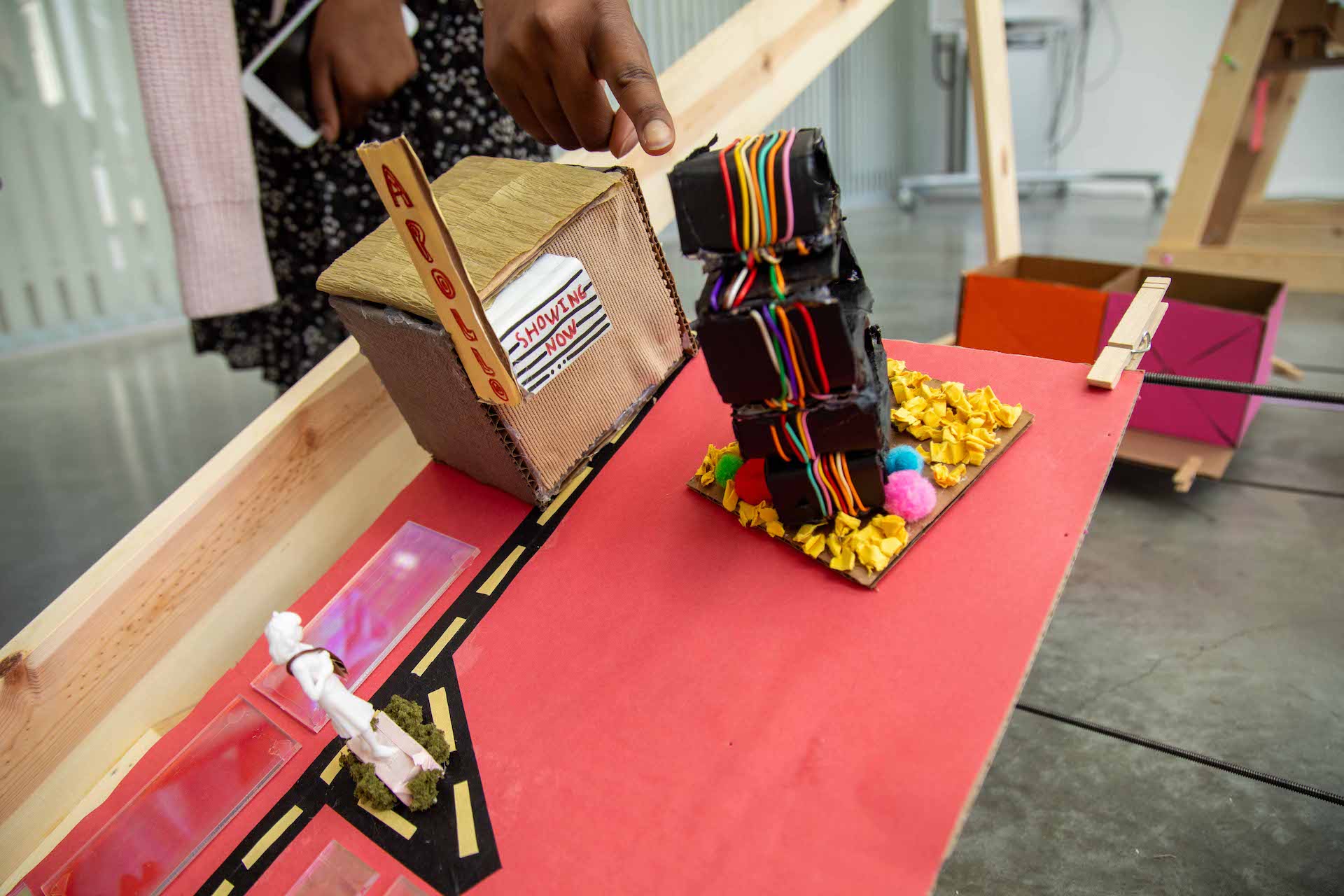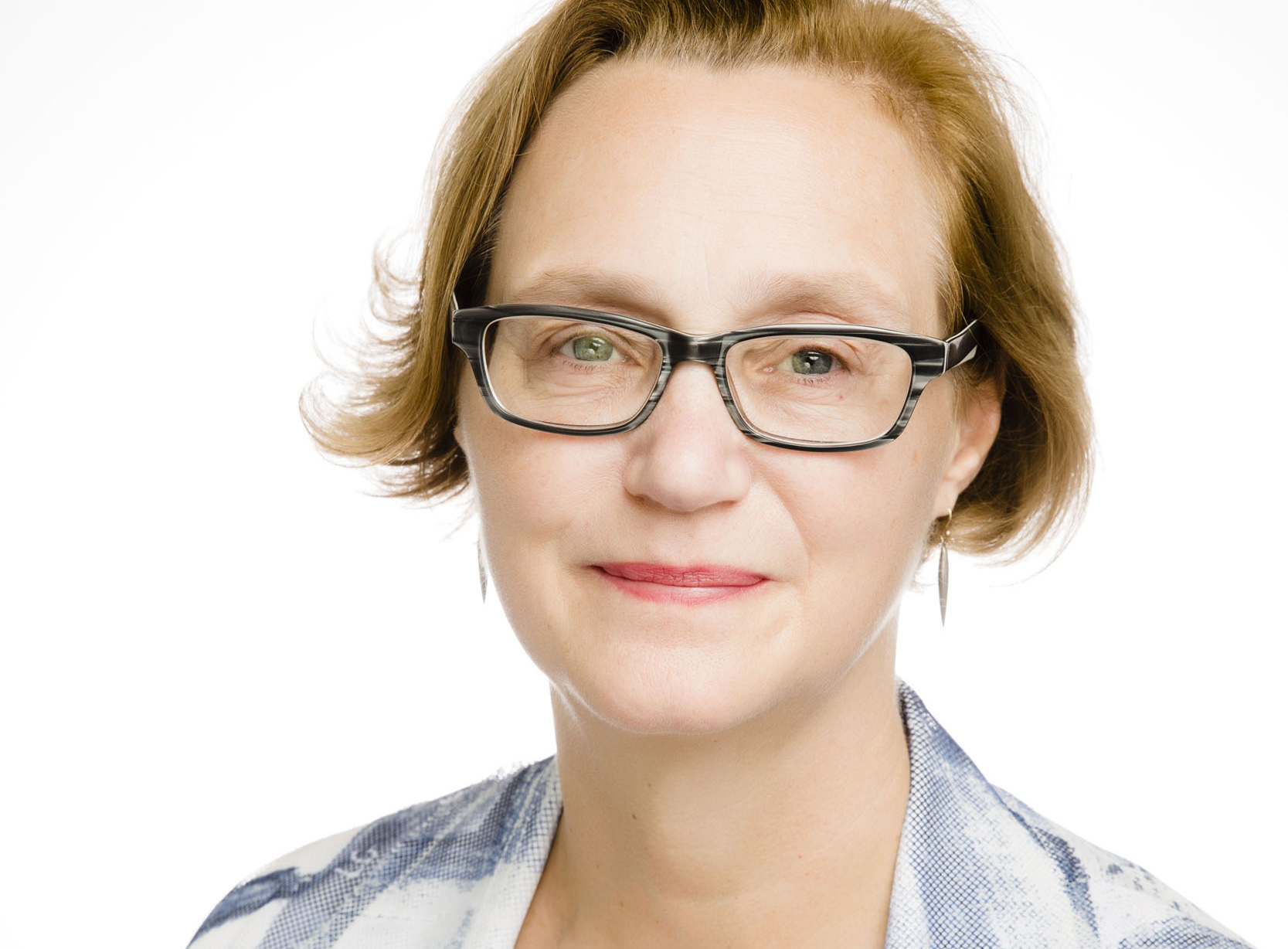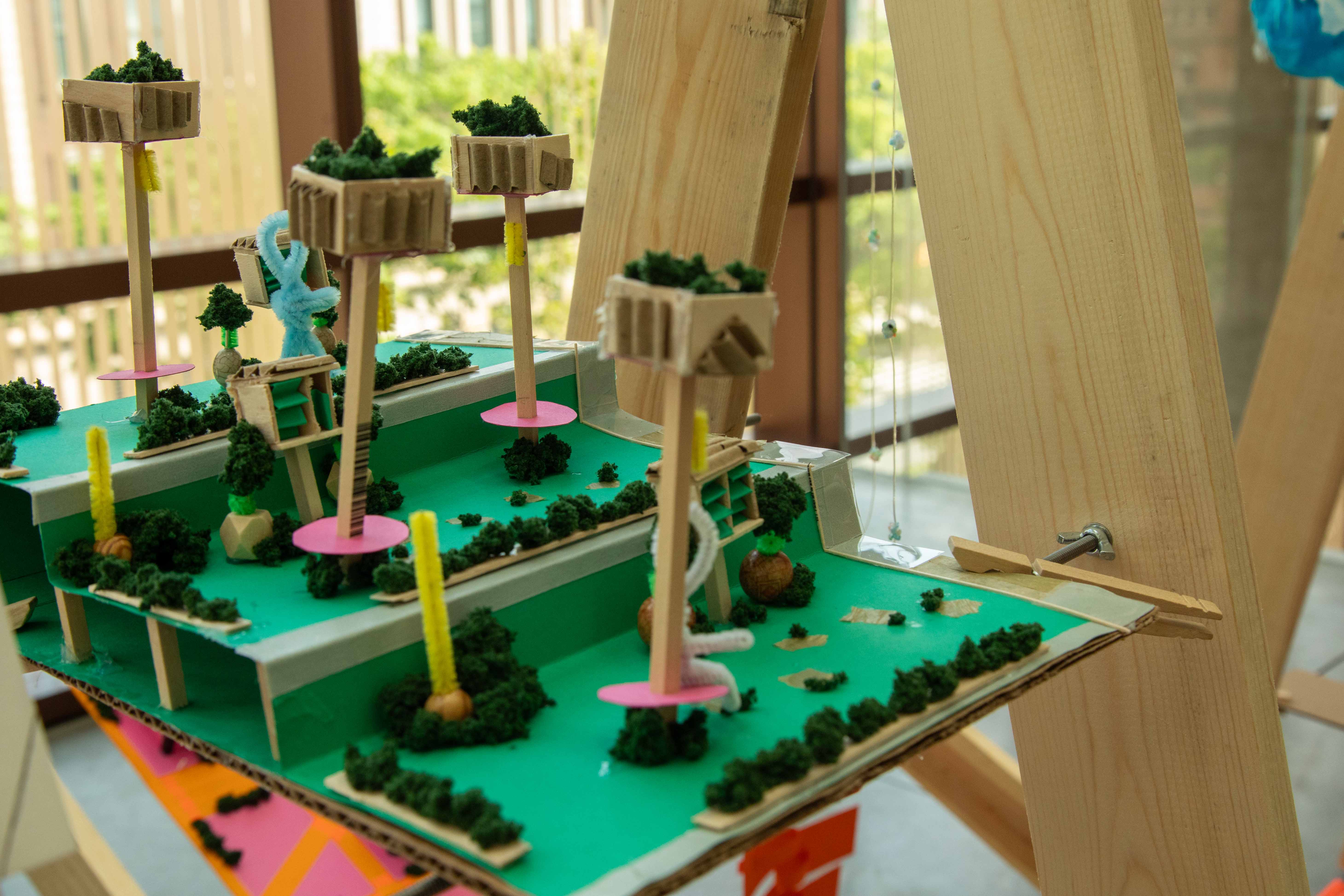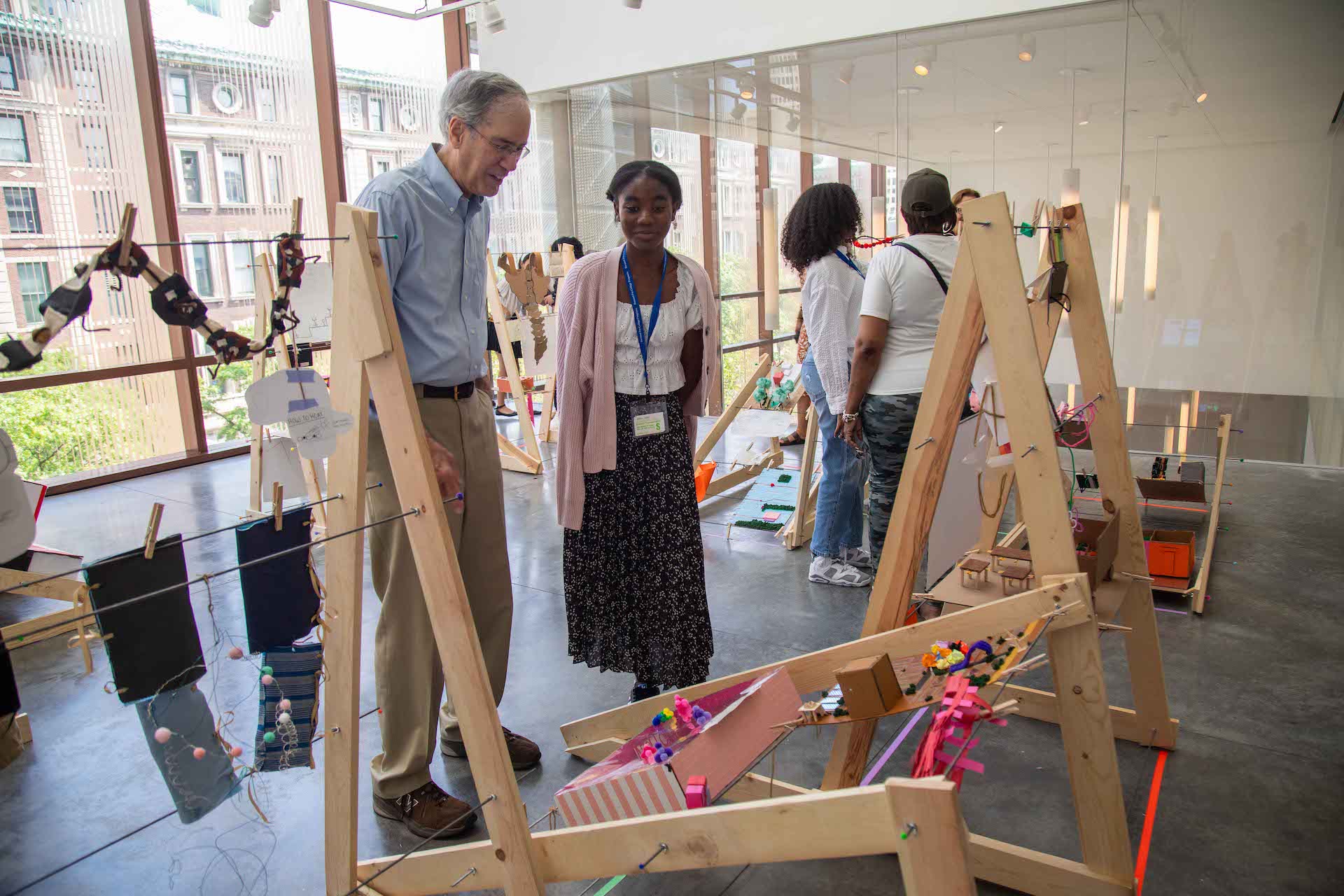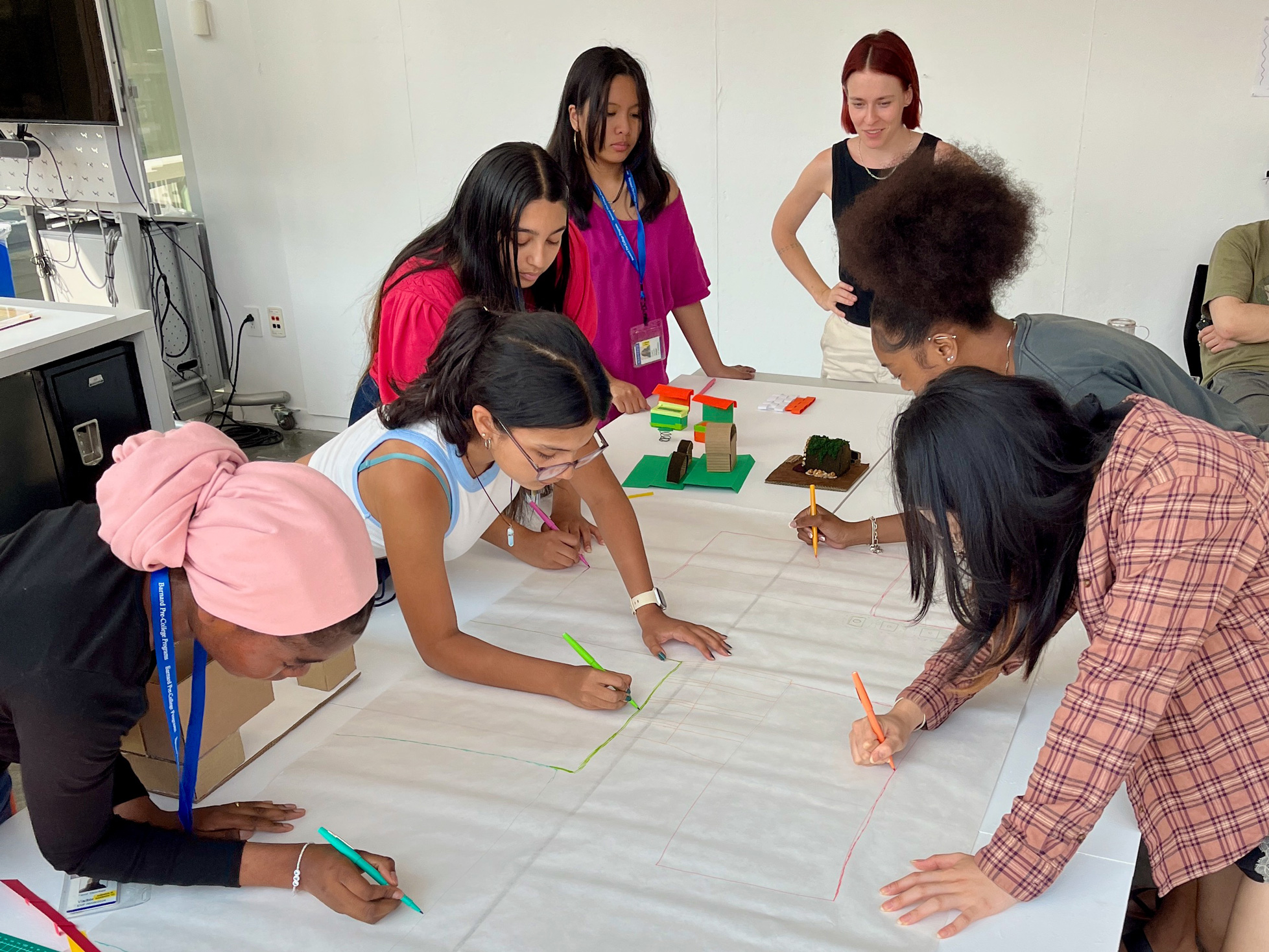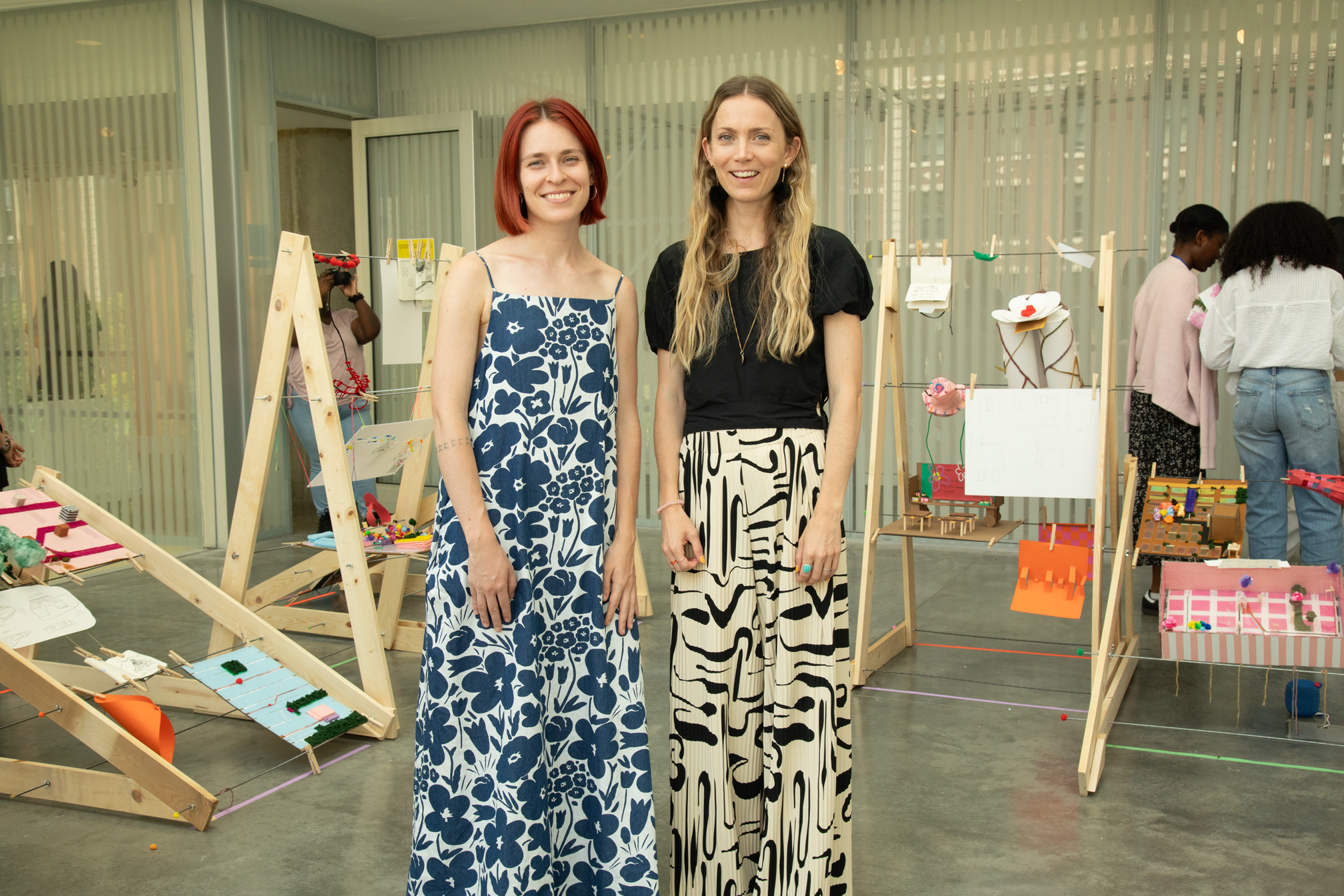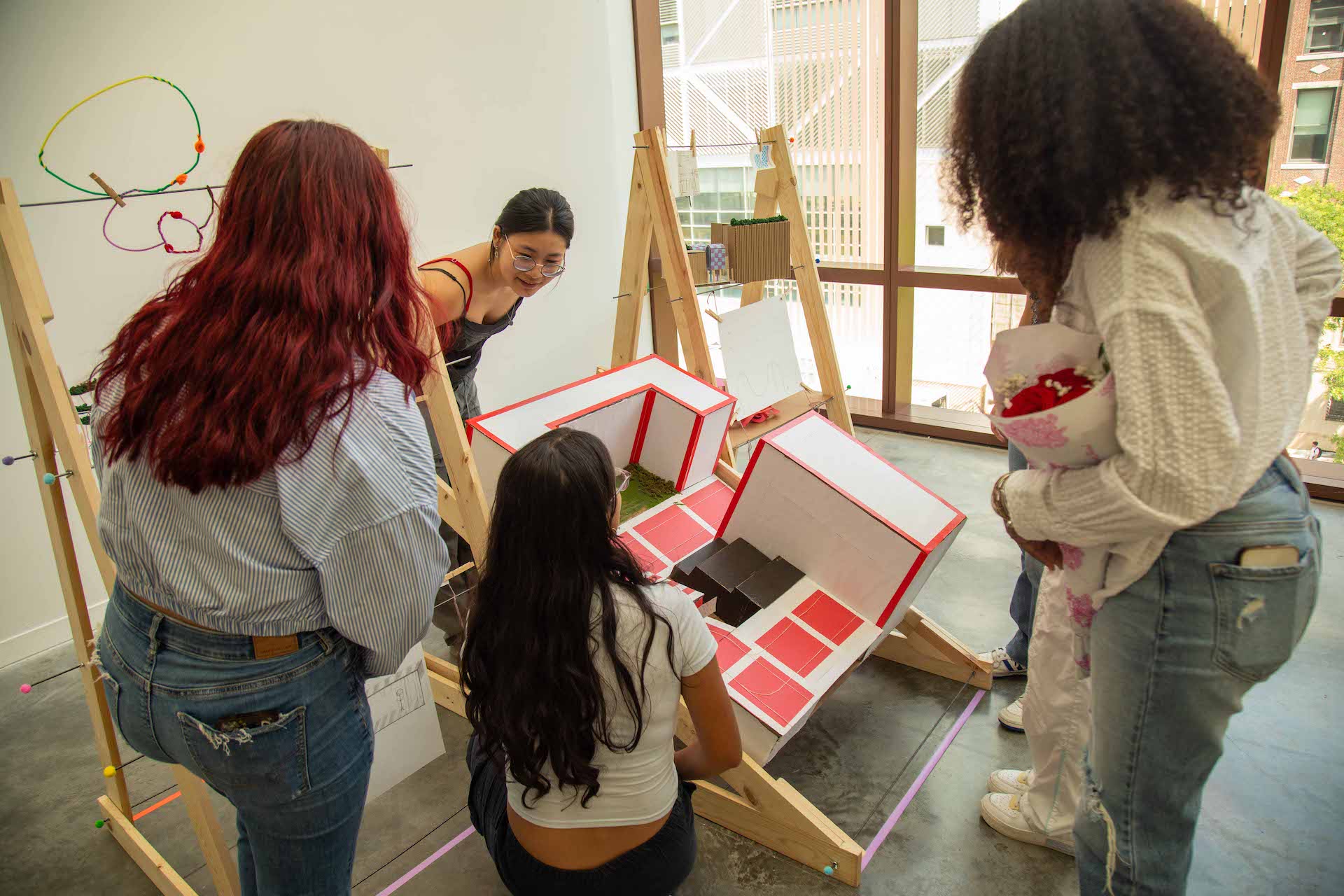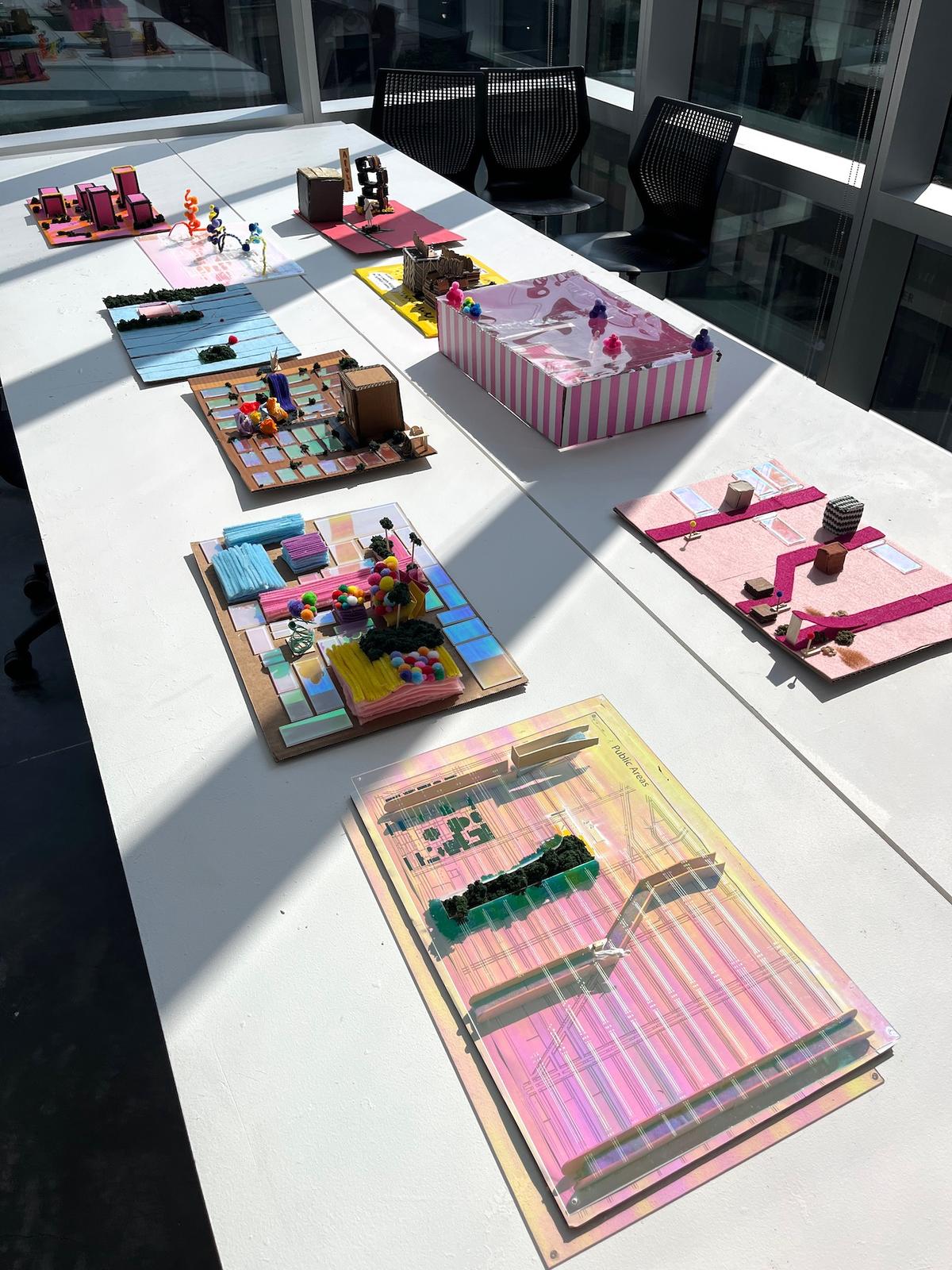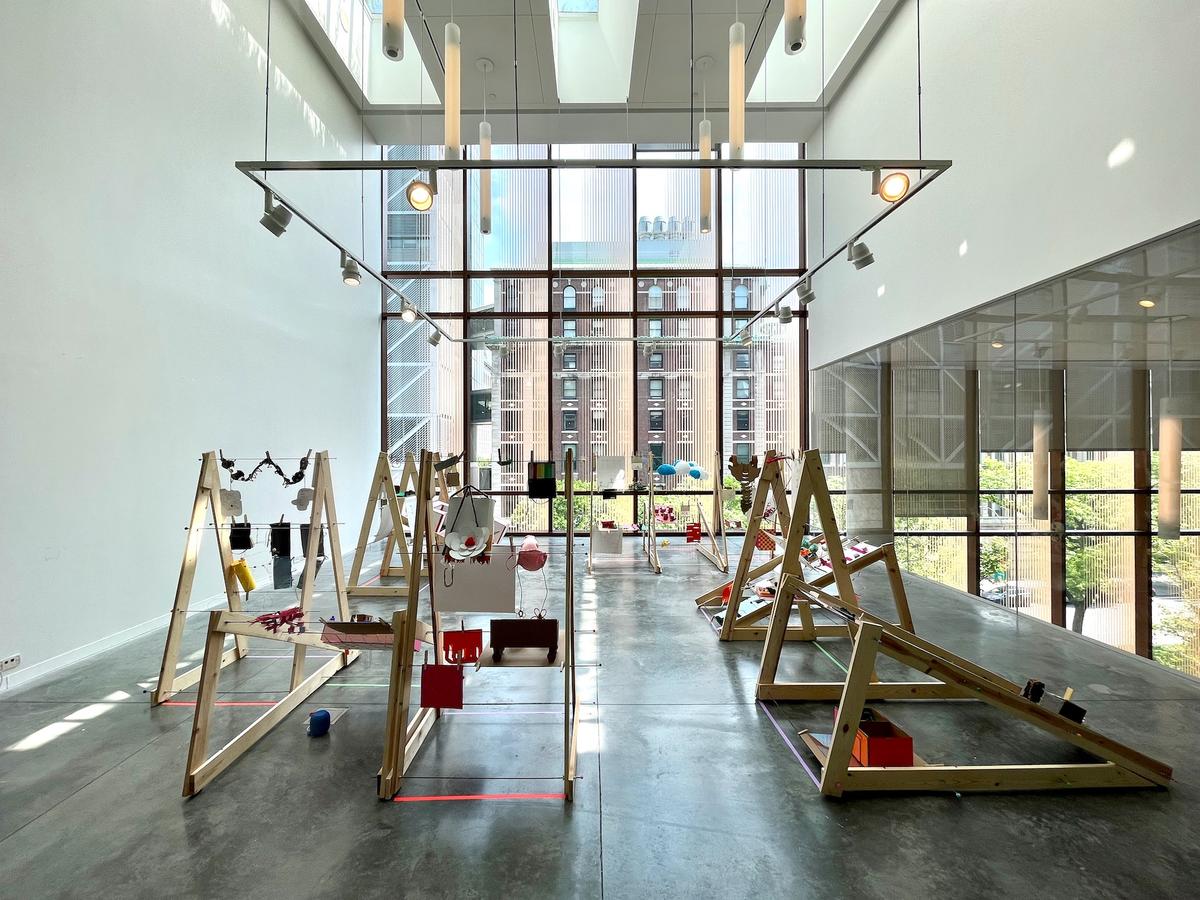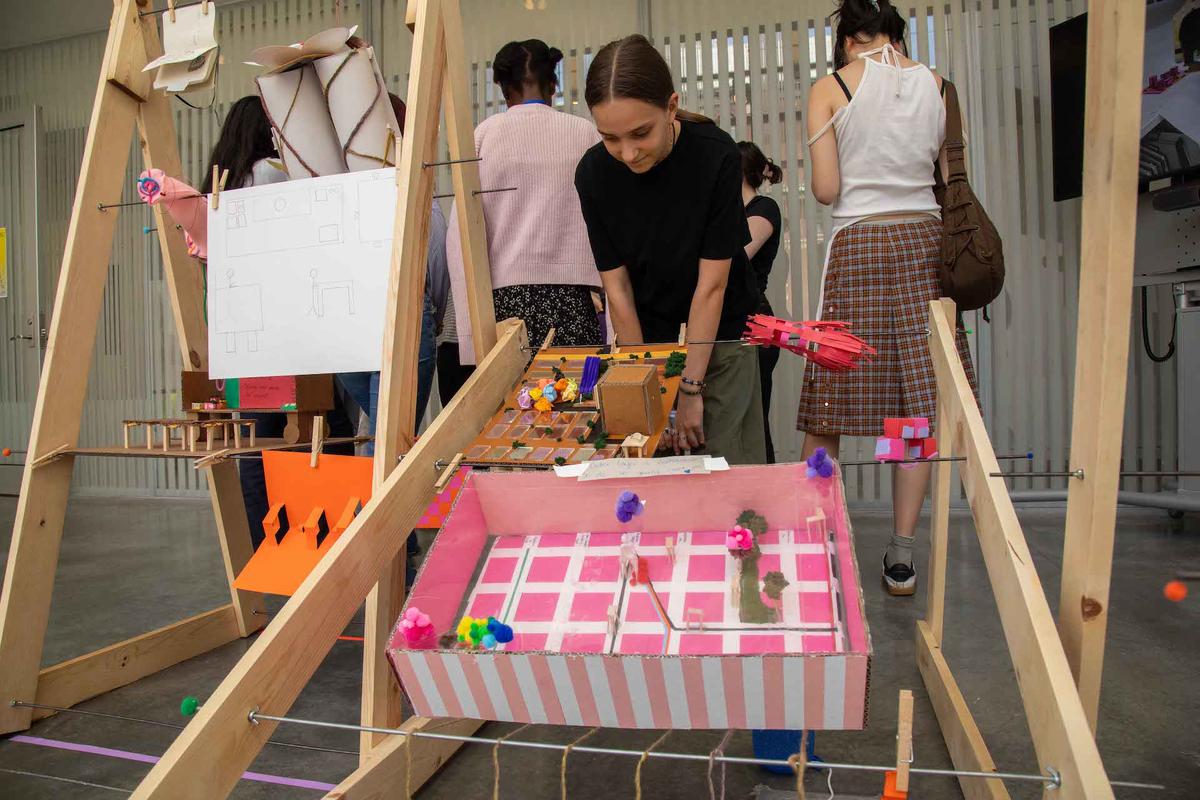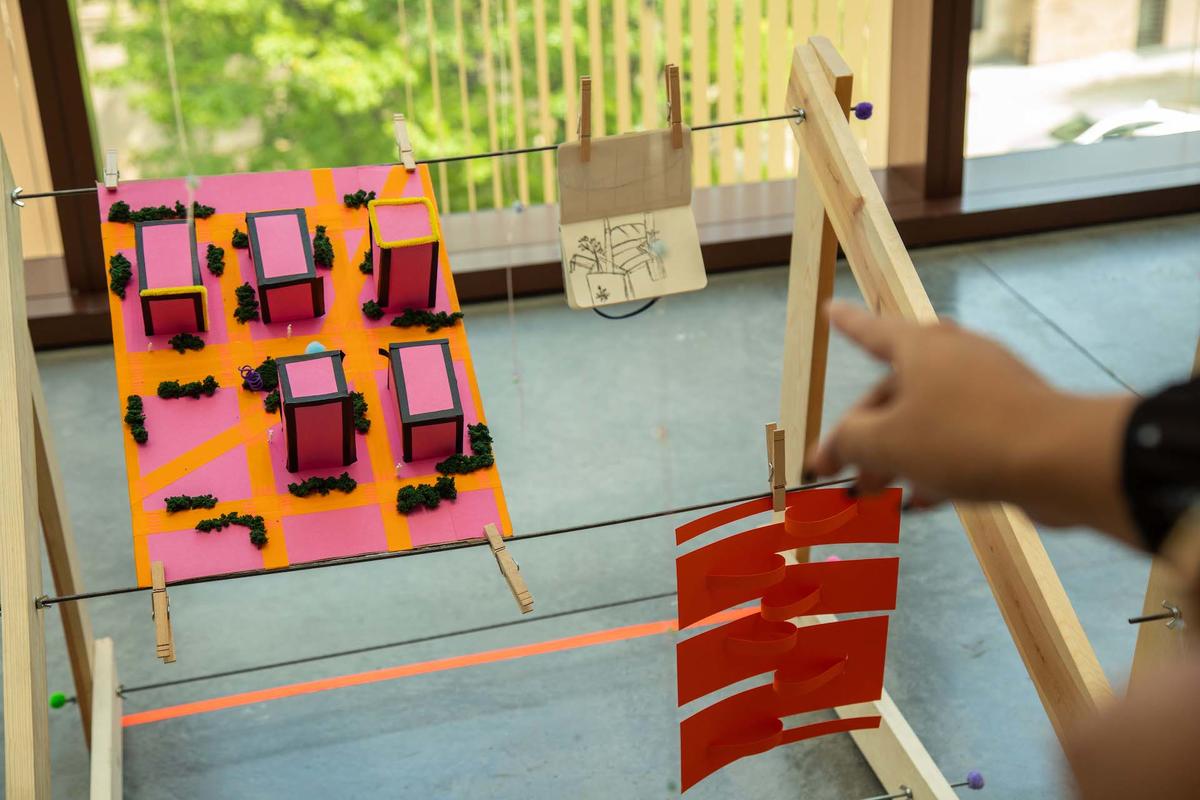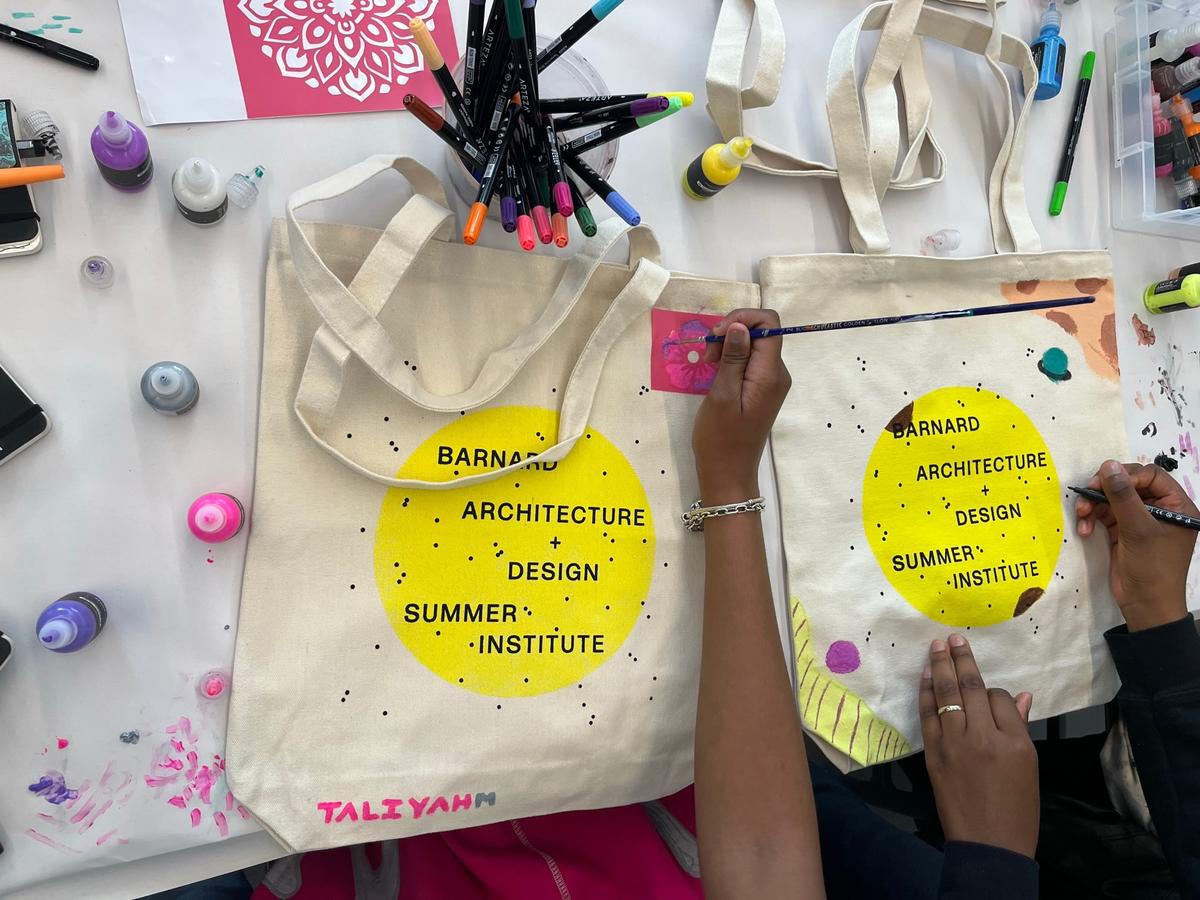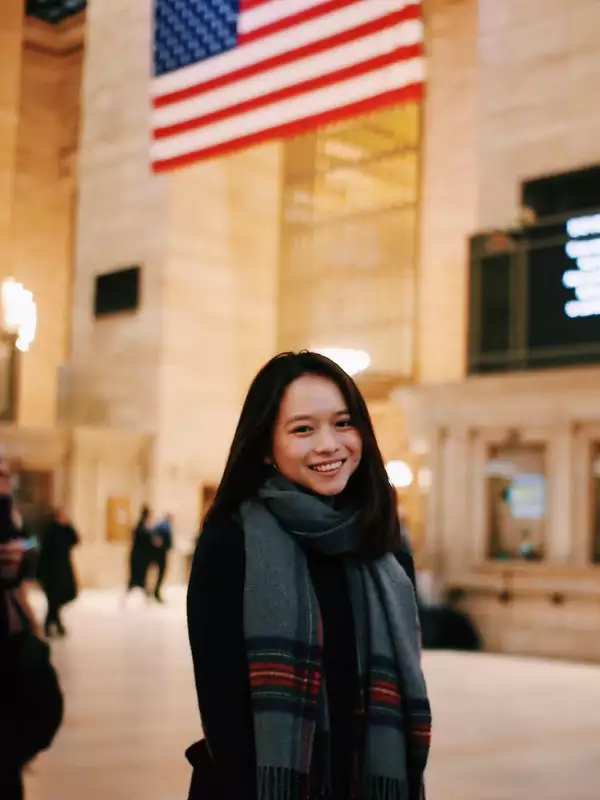Nothing beats summer in New York, especially when exploring the City with an amazing group of mentors.
This year, 12 high school students from Upper Manhattan and Harlem spent three weeks with Barnard faculty, alumnae, current students, and design professionals getting to know the City’s colorful architecture and design.
Created this year, The Barnard Architecture + Design Summer Institute introduced the students to careers in architecture and other fields that contribute to New York City’s landscape. Karen Fairbanks, professor of professional practice in architecture, was the visionary behind the project.
“In launching this program, we are offering young women in high school an opportunity to learn about how design and architecture shape the built environment through project-based learning, field trips, and opportunities to meet designers and others involved in this work,” said Fairbanks.
During the program, which ran from June 26 to July 14, the group traveled to various destinations throughout the City for a hands-on learning experience. “Through our walks, I’ve been able to truly appreciate the architecture in New York and all the unique features,” said participant Ivy Chen.
Among the outings were a trip to the Brooklyn Museum for the “Africa Fashion” exhibition, an urban farm tour in Harlem, and visits to Marcus Garvey Park and Domino Park. Students also visited Barnard to learn new skills at the Design Center, the architecture design studio, and the computer lab.
“[The Institute] helped me view architecture in a different perspective, such as considering where the structure is, the environment, the people, and its function,” said student participant Emely Rodriguez.
One of the main goals of the summer institute was to build a mentoring structure to support and empower students to explore a career path in the disproportionately male-dominated field of architecture.
“I thought it was very important to emphasize the disparities within the career itself, in terms of gender, which is mildly discouraging, yet also encouraging to be able to reshape common stigmas within a career,” said participant Daniela Munoz.
Over their three weeks together, students met with alumnae, mentors, and field experts who provided a unique opportunity for intellectual and experiential exchanges. While participants looked to mentors for support, architects and designers also sought guidance from the younger generation of women on what the future of design work should look like.
“In this program, mentorship runs both ways,” said Elsa MH Mӓki CC ’17, an architectural designer and the program’s co-instructor.
Recruiting students for the program was a team effort. The Department of Architecture, the Office of Admissions, the Pre-College Programs team, and the Office of Diversity, Equity, and Inclusion collaborated to connect with local high schools. In addition to covering all expenses, Barnard offered participants a $1,000 stipend to help eliminate barriers and to spare students from losing income they might have earned through a summer job.
“We are optimistic that opportunities like this will ultimately increase the diversity of students interested in pursuing the study of architecture and related fields,” said Fairbanks.
Students celebrated the end of their summer at the Institute on July 14 with an exhibition of their work in the Louise Heublein McCagg ’59 Gallery in the Diana Center on campus. The exhibition, curated by the students in collaboration with course assistants, was based on assignments they produced over the course of the summer that centered around three major themes: the City, the building, and the body. Viewers had a chance to see multimedia narrative maps of Harlem, physical models and drawings of site-specific proposals for Barnard’s campus, and tactile wearables designed to mediate between the wearer and their surrounding environment.
Adjunct assistant professor of architecture Lindsay Harkema, who helped oversee the program, wanted students to leave feeling empowered to pursue their creative interests.
“I hope their experience offers them multiple ways of seeing, understanding, and intervening in the built environment, and confidence in their ideas, opinions, and actions,” said Harkema.
This program was made possible through the generous funding of the IDC Foundation.

